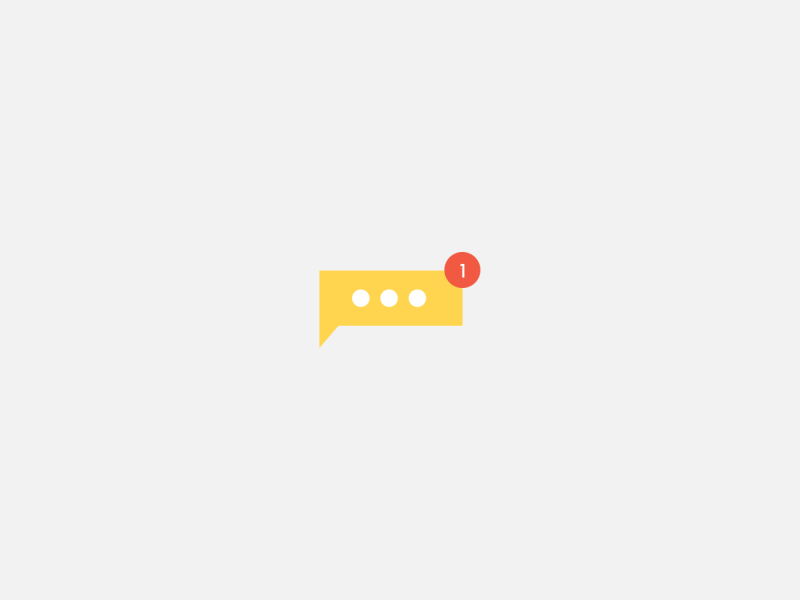Sound is an integral part of our daily life. Right from the sound of birds to the tick-tock of the clock, we are surrounded by sound in all forms. It soothes us after a tiring day and brightens our mood when we listen to it randomly. Talking about natural sounds, it also reminds us of the highly sought after man-made sounds. Yes, you guessed it right! We’re talking about music, recurring mobile notifications and so on & so forth. While music started in the technology world through radio, it got passed onto television to personal computers and cell phones with the help of websites.
A good website not only has a catchy design but also, can add sounds if necessary to enhance the user experience. Sound embedded in a website may vary from push notifications, pop-ups to tunes playing on musical websites.
Using sound in design varies depending on whether it is a mobile application or a website. Let us see, where and how can we use sound in Design:
- If you are designing a mobile or an interactive app that pops up messages or triggers events, integrating sound to help notify the user can enhance the user experience.
- If your website is an interactive, musical, live or a gaming website then adding sound to it can help the user navigate better.
Pros of Designing with Audio
- Helps in creating a calm environment with light background sound on clicks
- Helps boost user engagement
- Helps make the user feel connected to the web design/app
Cons of Designing with Audio
- If your website/web app has sound playing in the background it could be annoying to users while browsing through it
- A user might leave the website and this could drop conversion rates
- From a consumer perspective, it could mean more consumption of data
Now that we’ve seen both the pros and cons of using audio in the design process. Some of you must be thinking, it is a bad decision to include audio in design while the other half loves the idea of it. However, done subtly and in the right proportion can help increase user engagement and enhance it. Let us see, where can audio be used so that it improves the customer experience.
- Branding
There’s a quote by Paul Rand that says, ‘Design is the silent ambassador of your brand.’ A tailor-made audio for your brand can become its signature. A good, non-disturbing audio can give your brand a unique life apart from the look and feel of it. Some examples of brands having their own audio are Microsoft, Nokia, Redmi.Audio can also be used for branding purposes, you can apply a unique sound and music to convey a brand’s essence. For instance, if you’re a media-themed website you can include the audio and music in a way that it elevates user experience that still images cannot attain. Some examples being Jazz Delivery, an instrument delivery website or New Music USA that serves musicians and composers. - Adding Personalization
Imagine you winning a trophy that just reads ‘Best Employee of the Year’. Nice, right?
Now think of winning the same trophy with your name engraved on it! Feels good, right?Personalization is the key to win consumers’ hearts and minds. Audio can always help do that, be it in apps or consumer products. Moreover, it helps build an emotional connect with your web app. When a consumer feels important and honoured the chances of staying loyal and recommending the product to friends and relatives increases manifold.For example, if you are a Facebook user and have liked on one of your friend’s achievement-related post or have typed ‘Congratulations’ you must have experienced a wonderful appealing sound. A user feels as if he/she has been responded to or got acknowledged.Accordingly, such forms of personalization in your design can make a user feel honoured and important enough to continue with the app. - For Notifications
Audio in notifications is the most common and generally used form. App notifications enable the customer to get real-time messages helping them give real-time responses.However, some users might find the sound distracting. To overcome this issue you can add in a ‘mute’ state for the comfort of such users. Take note that, providing both the sound and mute options is equally important to have a varied consumer base.
- Gaming
We all remember the old days’ video game Mario and Contra not only because of the way Mario used to jump but because of the audio accompanying it. And as you are reading this you are trying to make that sound in your head. Audio has the power to connect consumers for long and recall consumers even after a couple of slow years with proper rebranding.If you have a gaming website or a game app then it is important to incorporate audio in the design. This not only enriches the user experience but makes the user excited and stay glued to your web app.
Conclusion:
Designing with audio is a vast field, there might be some who might argue that a website should have neither audio nor video. However, it all depends on the kind of website/web app in which you are embedding the audio and the volume. Loud and random audio can be disturbing to the user resulting in the user bouncing off. But at the same time, a calm and well-timed audio can help enhance the user experience.
Hope this article helps you in adding the right audio to your design should it need one and wishing you happy designing! If you have any suggestions, feel free to drop them in the comments box below.
There is no ads to display, Please add some



